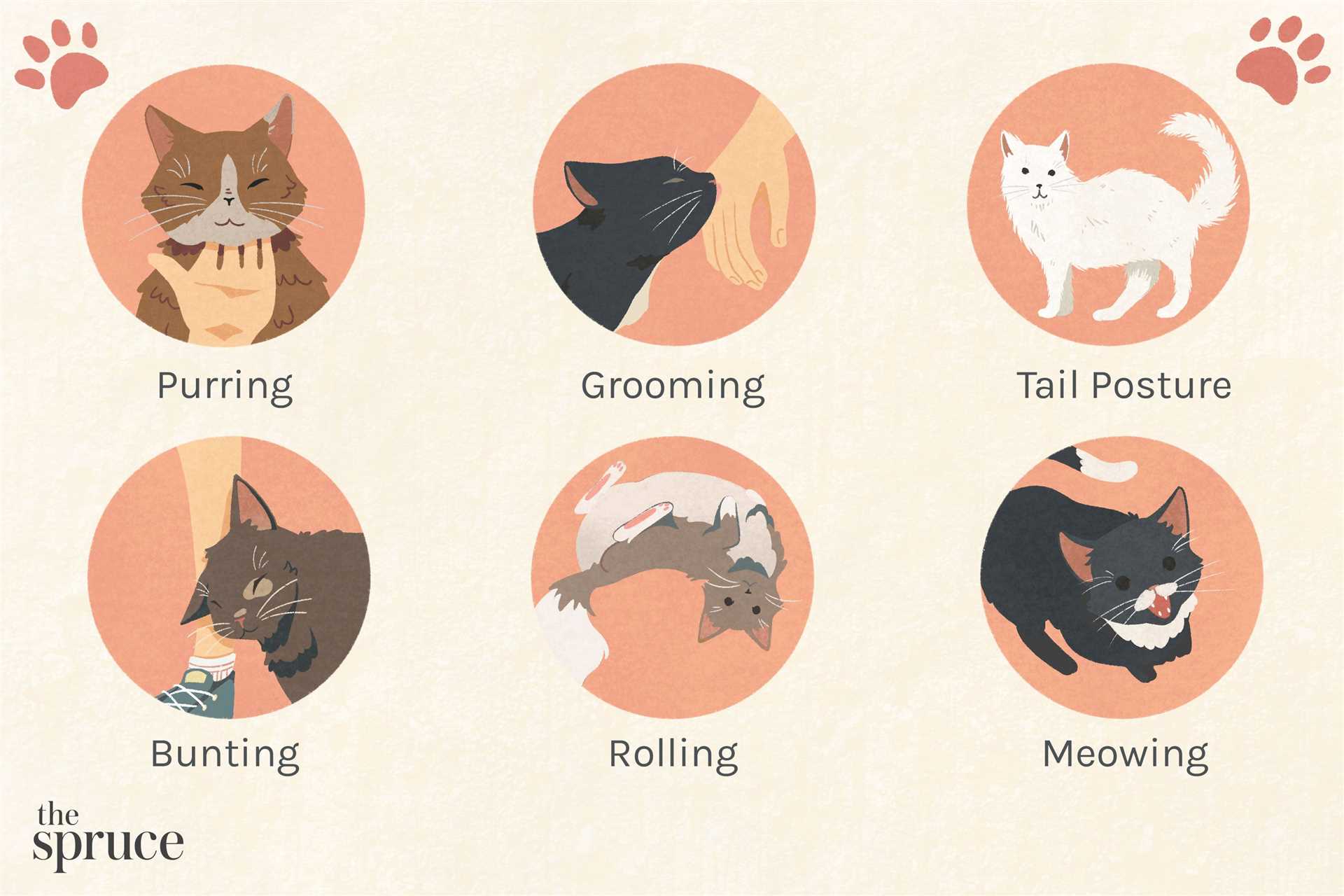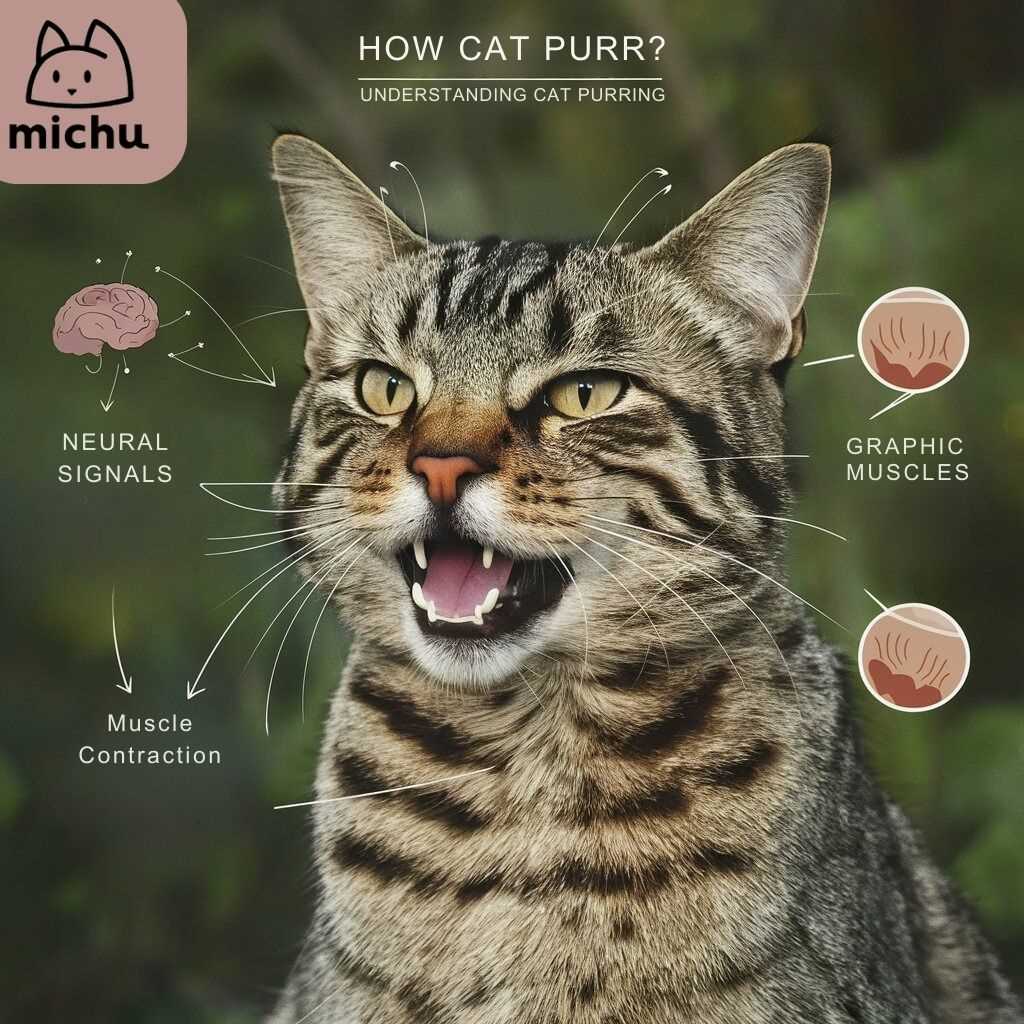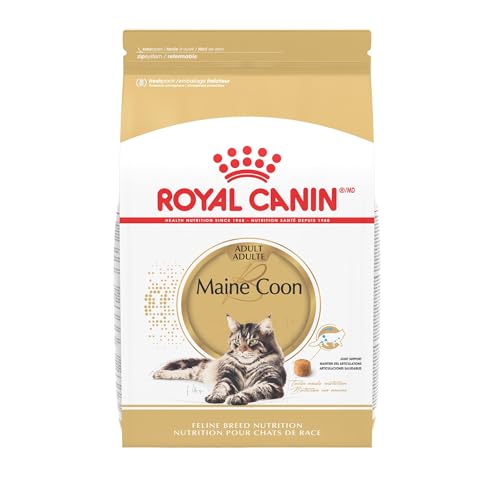



Feeling those gentle vibrations? It’s not just a sound; it’s my way of communicating comfort and contentment. When I curl up next to you and start my soothing melody, it’s a signal that I trust you and feel safe in our space.
Beyond mere pleasure, those rhythmic sounds can also indicate a need for attention or even healing. In moments of stress or discomfort, I may engage in this behavior to soothe myself, much like a child might hum to feel better. If you notice my purring intensifying, it’s worth checking in on me to ensure I’m alright.
Finally, this delightful hum can be a social tool. When I interact with fellow felines, my vibrations can help convey friendliness and openness. It’s my way of saying, “Hey, let’s be pals!” So, the next time you hear those soft rumbles, remember they’re filled with meaning–whether it’s comfort, a call for help, or a friendly greeting.
Understanding the Emotional Context of Feline Vibrations
Feelings of comfort and security are often expressed through soft vibrations. These sounds can indicate happiness, contentment, or even a desire for affection. When I curl up next to my human, the gentle vibrations resonate, expressing my trust in them.
However, those vibrations aren’t solely for joy. They can also arise during moments of stress or pain. If I’m feeling unwell or anxious, the same sound might be my way of seeking solace or reassurance. Observing body language is essential; a relaxed posture typically signifies happiness, while tense muscles or flattened ears may indicate discomfort.
Interaction plays a crucial role in this communication. Engaging with me during these moments enhances our bond. Responding to my vibrations with gentle strokes or soothing words can amplify feelings of safety, reinforcing the emotional connection we share.
Lastly, each individual expresses emotions differently. Some of my furry friends may purr more frequently or intensely than others. Understanding these nuances can help humans interpret our emotional states more accurately, fostering a deeper relationship.
Identifying Health Indicators Through Purring Sounds
Pay attention to the tone and rhythm of those soothing vibrations. A consistent, rhythmic sound typically signifies relaxation, while variations may suggest underlying issues. For instance, a sudden change to a more intense or erratic pattern could indicate discomfort or pain.
Monitoring Frequency and Context

Listen closely during different situations. If soothing vibrations accompany grooming or cuddling, it’s often a sign of contentment. However, if these sounds occur during stressful moments, it might point to anxiety or distress. Always consider the context in which the noises are made.
Health Check

Regularly observe your furry friend for other signs of well-being. Changes in appetite, behavior, or energy levels can coincide with unusual purring. If there are concerns, consult a vet to rule out any health issues. For example, if your companion is exposed to plants, check if they are safe; an inquiry like is columbine toxic to cats can be crucial in ensuring safety.
Understanding these sounds can help you better care for your beloved companion and address any potential health concerns promptly.
Feeling those gentle vibrations? It’s not just a sound; it’s my way of communicating comfort and contentment. When I curl up next to you and start my soothing melody, it’s a signal that I trust you and feel safe in our space.
Beyond mere pleasure, those rhythmic sounds can also indicate a need for attention or even healing. In moments of stress or discomfort, I may engage in this behavior to soothe myself, much like a child might hum to feel better. If you notice my purring intensifying, it’s worth checking in on me to ensure I’m alright.
Finally, this delightful hum can be a social tool. When I interact with fellow felines, my vibrations can help convey friendliness and openness. It’s my way of saying, “Hey, let’s be pals!” So, the next time you hear those soft rumbles, remember they’re filled with meaning–whether it’s comfort, a call for help, or a friendly greeting.
Understanding the Emotional Context of Feline Vibrations
Feelings of comfort and security are often expressed through soft vibrations. These sounds can indicate happiness, contentment, or even a desire for affection. When I curl up next to my human, the gentle vibrations resonate, expressing my trust in them.
However, those vibrations aren’t solely for joy. They can also arise during moments of stress or pain. If I’m feeling unwell or anxious, the same sound might be my way of seeking solace or reassurance. Observing body language is essential; a relaxed posture typically signifies happiness, while tense muscles or flattened ears may indicate discomfort.
Interaction plays a crucial role in this communication. Engaging with me during these moments enhances our bond. Responding to my vibrations with gentle strokes or soothing words can amplify feelings of safety, reinforcing the emotional connection we share.
Lastly, each individual expresses emotions differently. Some of my furry friends may purr more frequently or intensely than others. Understanding these nuances can help humans interpret our emotional states more accurately, fostering a deeper relationship.
Identifying Health Indicators Through Purring Sounds
Pay attention to the tone and rhythm of those soothing vibrations. A consistent, rhythmic sound typically signifies relaxation, while variations may suggest underlying issues. For instance, a sudden change to a more intense or erratic pattern could indicate discomfort or pain.
Monitoring Frequency and Context

Listen closely during different situations. If soothing vibrations accompany grooming or cuddling, it’s often a sign of contentment. However, if these sounds occur during stressful moments, it might point to anxiety or distress. Always consider the context in which the noises are made.
Health Check

Regularly observe your furry friend for other signs of well-being. Changes in appetite, behavior, or energy levels can coincide with unusual purring. If there are concerns, consult a vet to rule out any health issues. For example, if your companion is exposed to plants, check if they are safe; an inquiry like is columbine toxic to cats can be crucial in ensuring safety.
Understanding these sounds can help you better care for your beloved companion and address any potential health concerns promptly.
Feeling those gentle vibrations? It’s not just a sound; it’s my way of communicating comfort and contentment. When I curl up next to you and start my soothing melody, it’s a signal that I trust you and feel safe in our space.
Beyond mere pleasure, those rhythmic sounds can also indicate a need for attention or even healing. In moments of stress or discomfort, I may engage in this behavior to soothe myself, much like a child might hum to feel better. If you notice my purring intensifying, it’s worth checking in on me to ensure I’m alright.
Finally, this delightful hum can be a social tool. When I interact with fellow felines, my vibrations can help convey friendliness and openness. It’s my way of saying, “Hey, let’s be pals!” So, the next time you hear those soft rumbles, remember they’re filled with meaning–whether it’s comfort, a call for help, or a friendly greeting.
Understanding the Emotional Context of Feline Vibrations
Feelings of comfort and security are often expressed through soft vibrations. These sounds can indicate happiness, contentment, or even a desire for affection. When I curl up next to my human, the gentle vibrations resonate, expressing my trust in them.
However, those vibrations aren’t solely for joy. They can also arise during moments of stress or pain. If I’m feeling unwell or anxious, the same sound might be my way of seeking solace or reassurance. Observing body language is essential; a relaxed posture typically signifies happiness, while tense muscles or flattened ears may indicate discomfort.
Interaction plays a crucial role in this communication. Engaging with me during these moments enhances our bond. Responding to my vibrations with gentle strokes or soothing words can amplify feelings of safety, reinforcing the emotional connection we share.
Lastly, each individual expresses emotions differently. Some of my furry friends may purr more frequently or intensely than others. Understanding these nuances can help humans interpret our emotional states more accurately, fostering a deeper relationship.
Identifying Health Indicators Through Purring Sounds
Pay attention to the tone and rhythm of those soothing vibrations. A consistent, rhythmic sound typically signifies relaxation, while variations may suggest underlying issues. For instance, a sudden change to a more intense or erratic pattern could indicate discomfort or pain.
Monitoring Frequency and Context

Listen closely during different situations. If soothing vibrations accompany grooming or cuddling, it’s often a sign of contentment. However, if these sounds occur during stressful moments, it might point to anxiety or distress. Always consider the context in which the noises are made.
Health Check

Regularly observe your furry friend for other signs of well-being. Changes in appetite, behavior, or energy levels can coincide with unusual purring. If there are concerns, consult a vet to rule out any health issues. For example, if your companion is exposed to plants, check if they are safe; an inquiry like is columbine toxic to cats can be crucial in ensuring safety.
Understanding these sounds can help you better care for your beloved companion and address any potential health concerns promptly.








